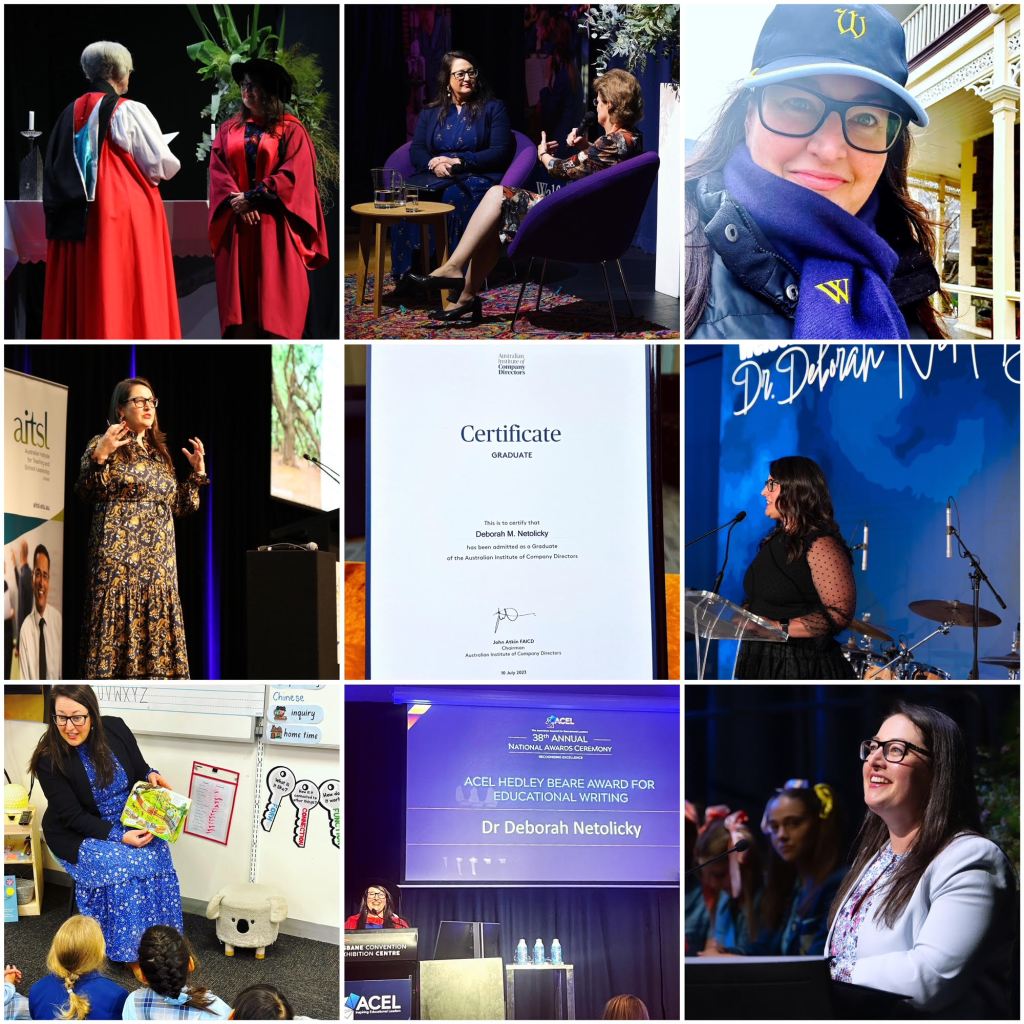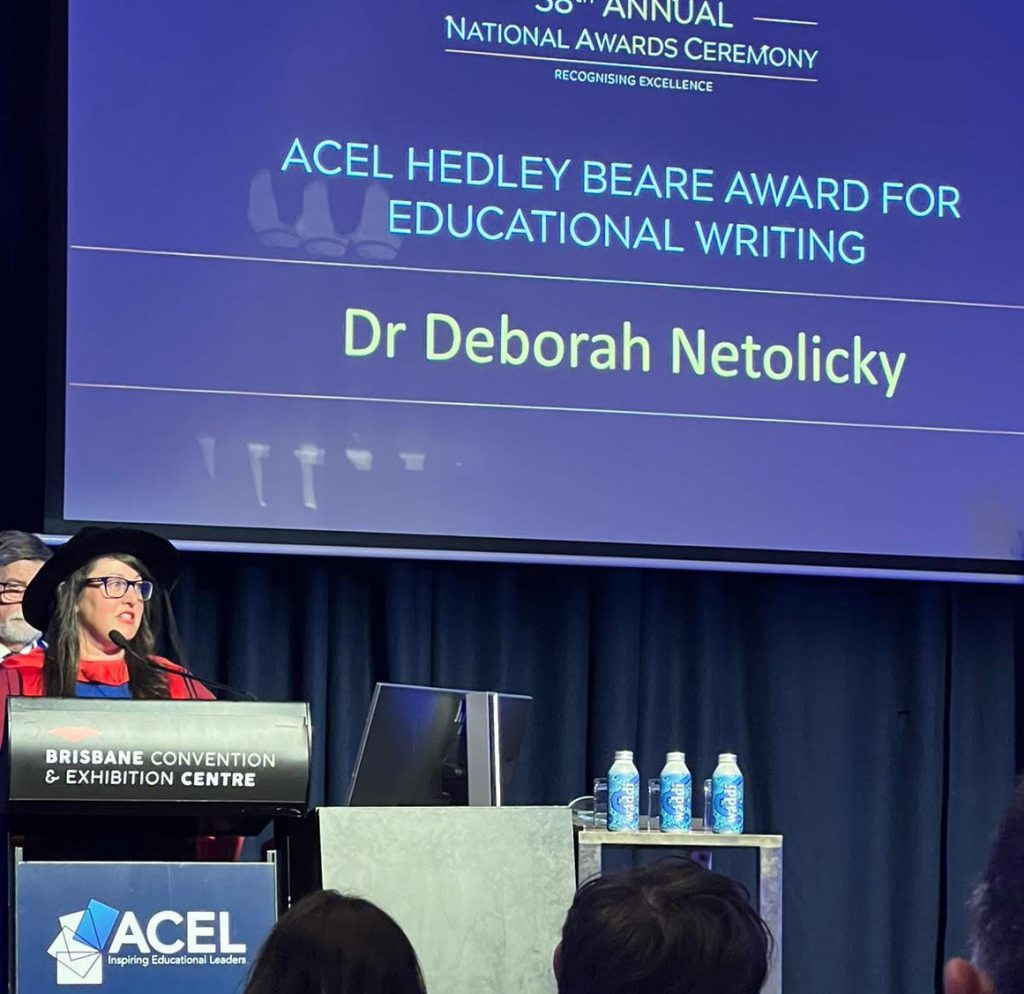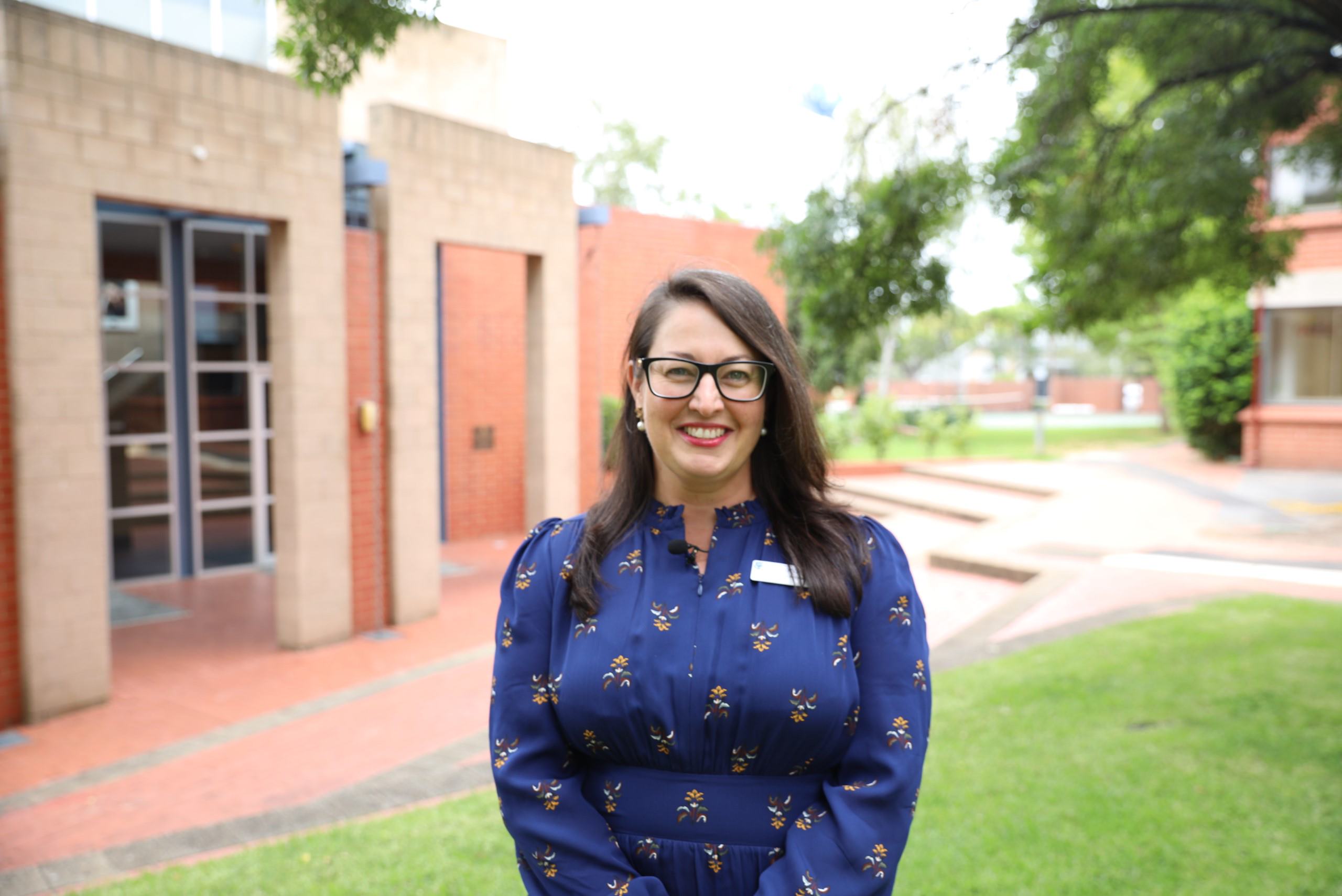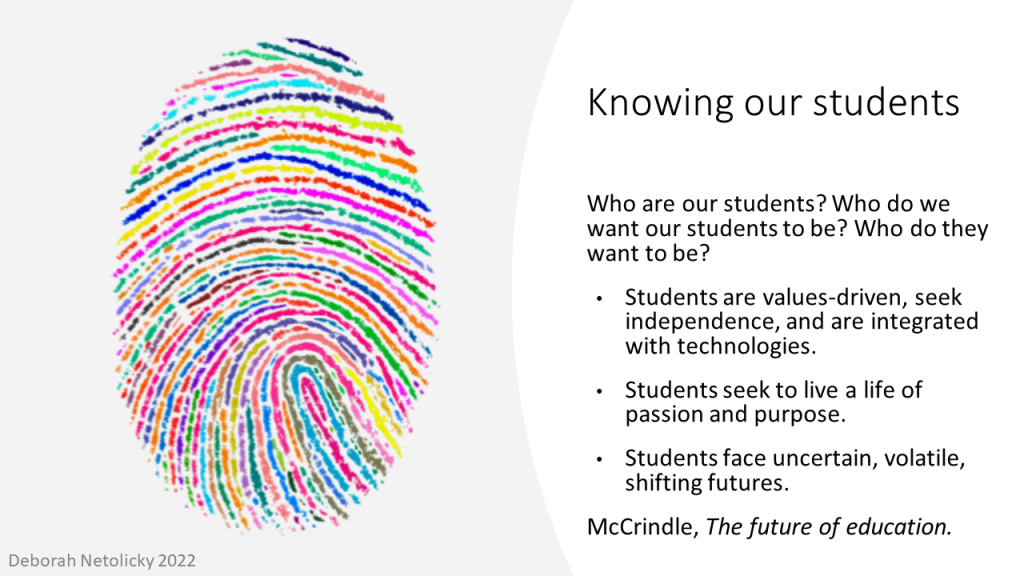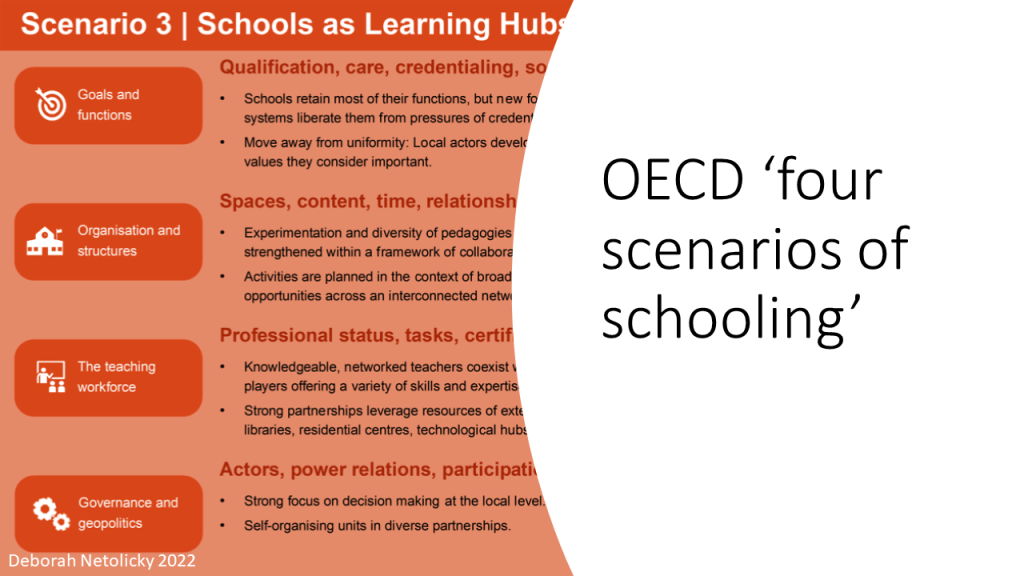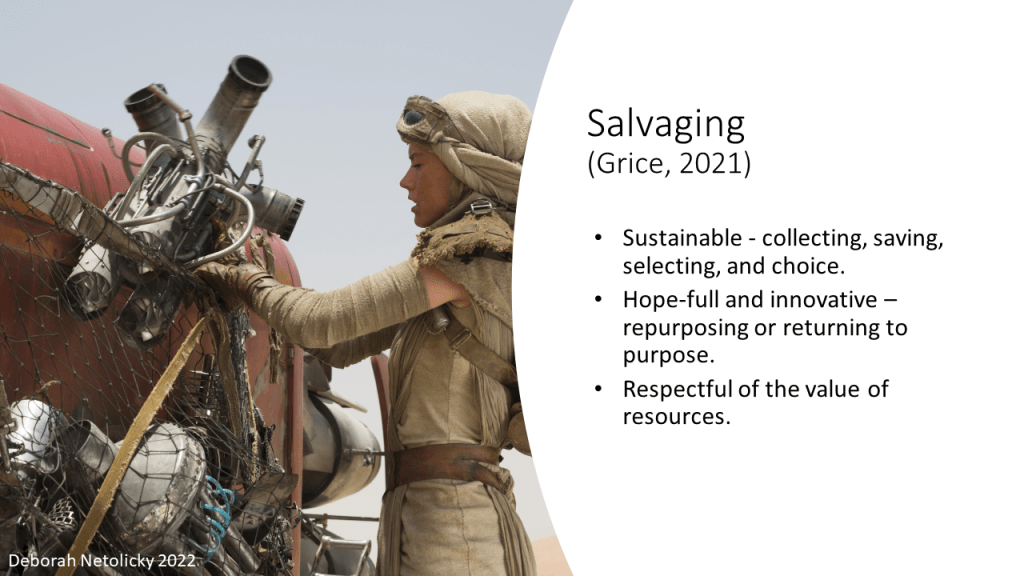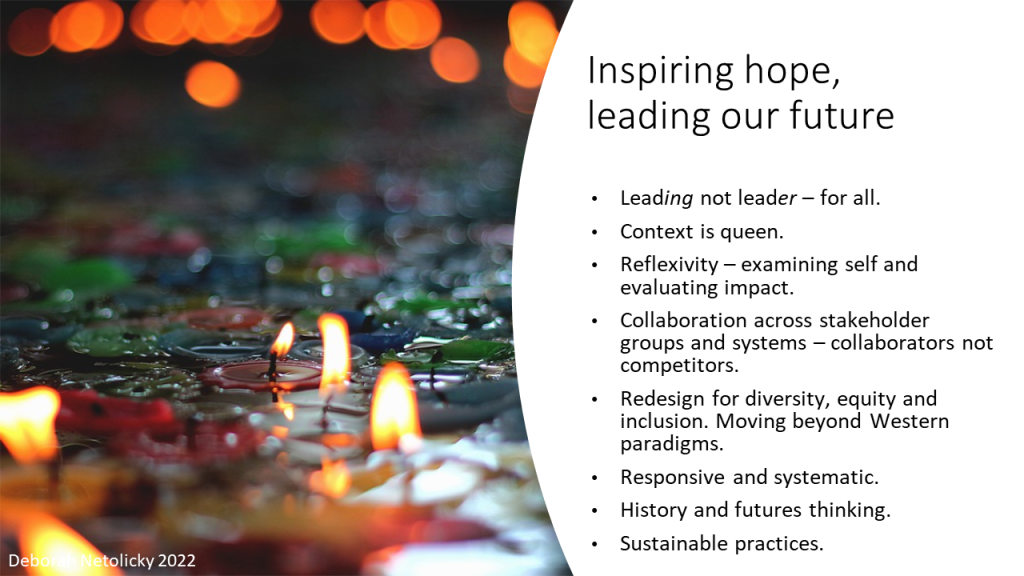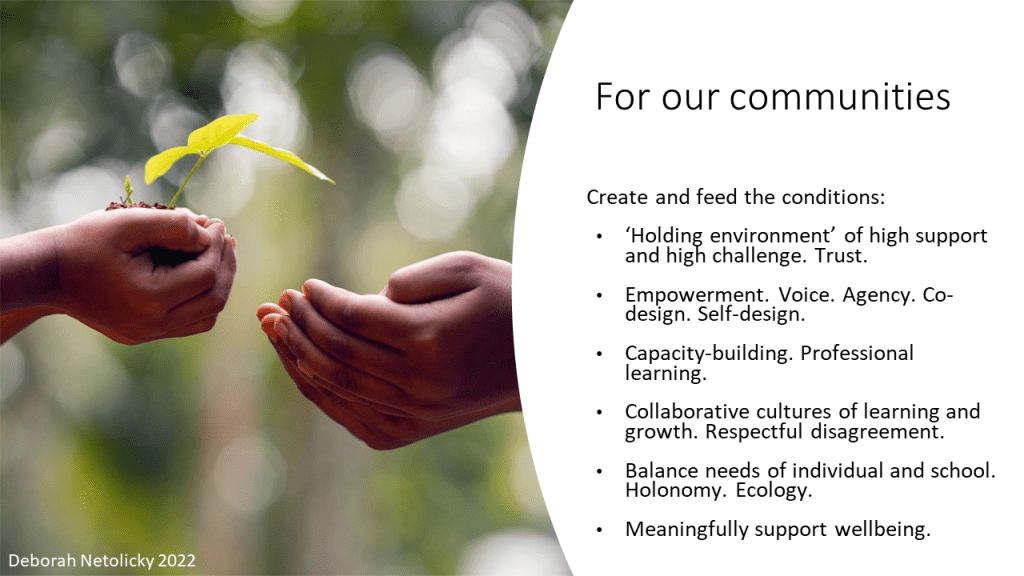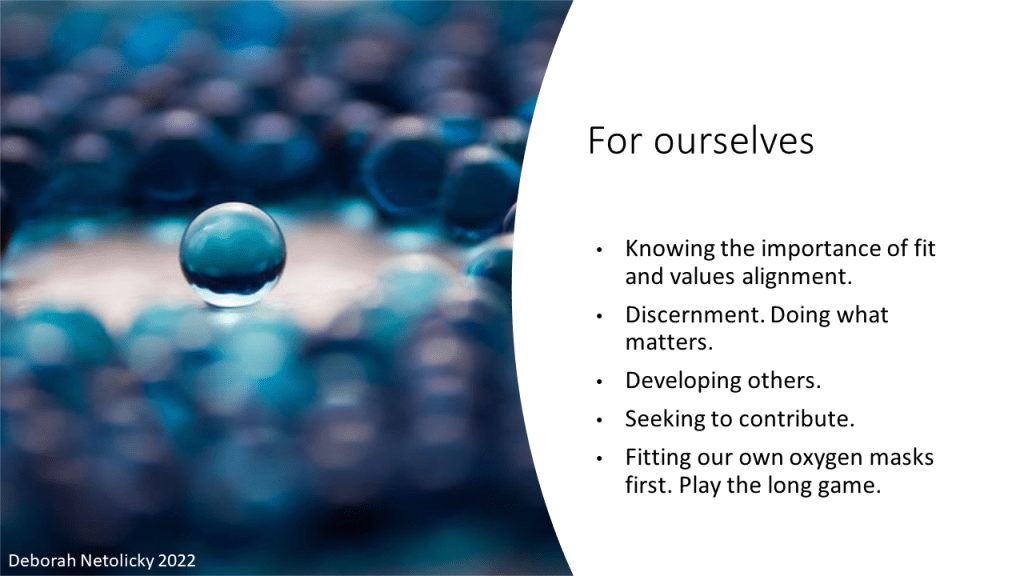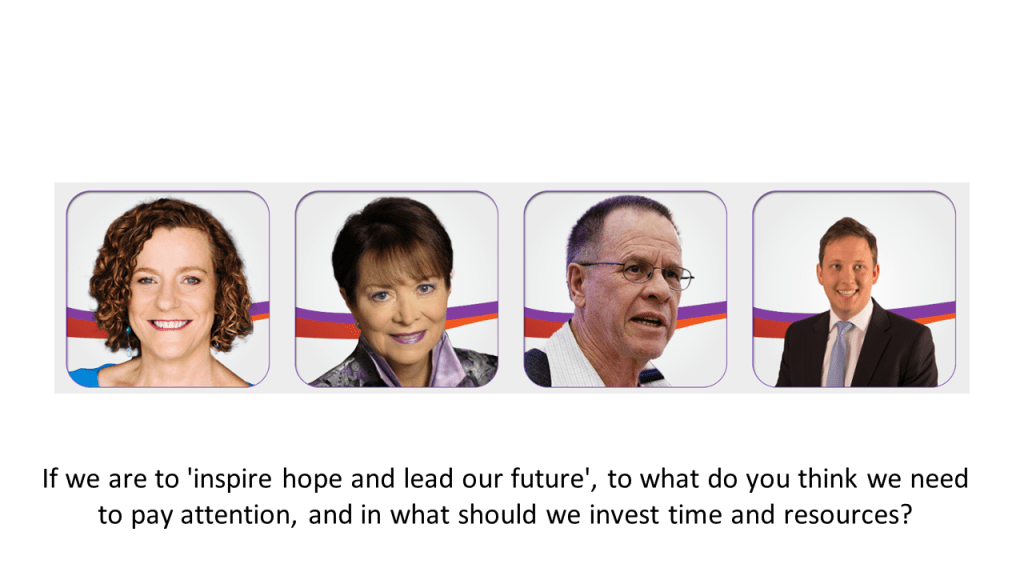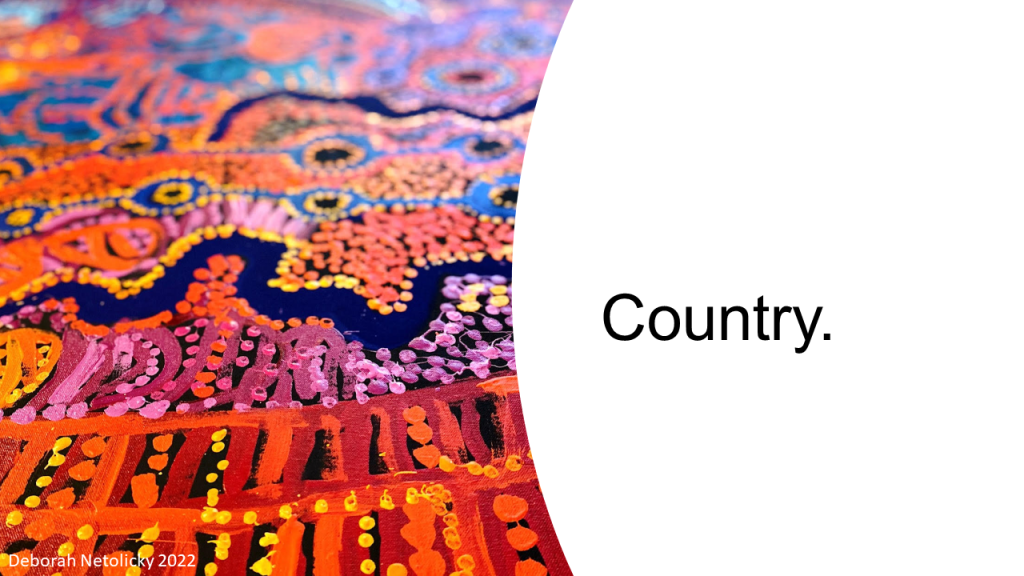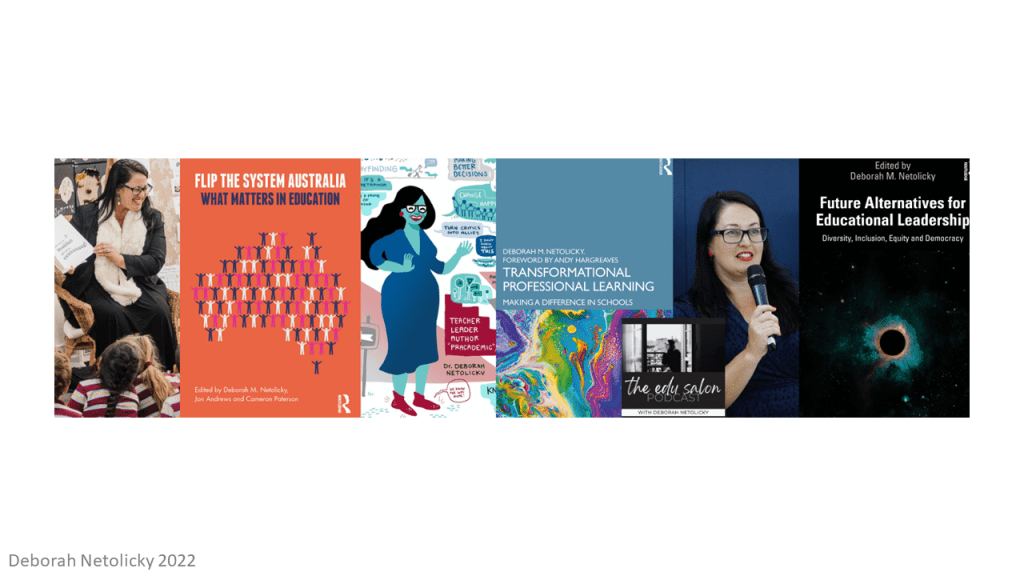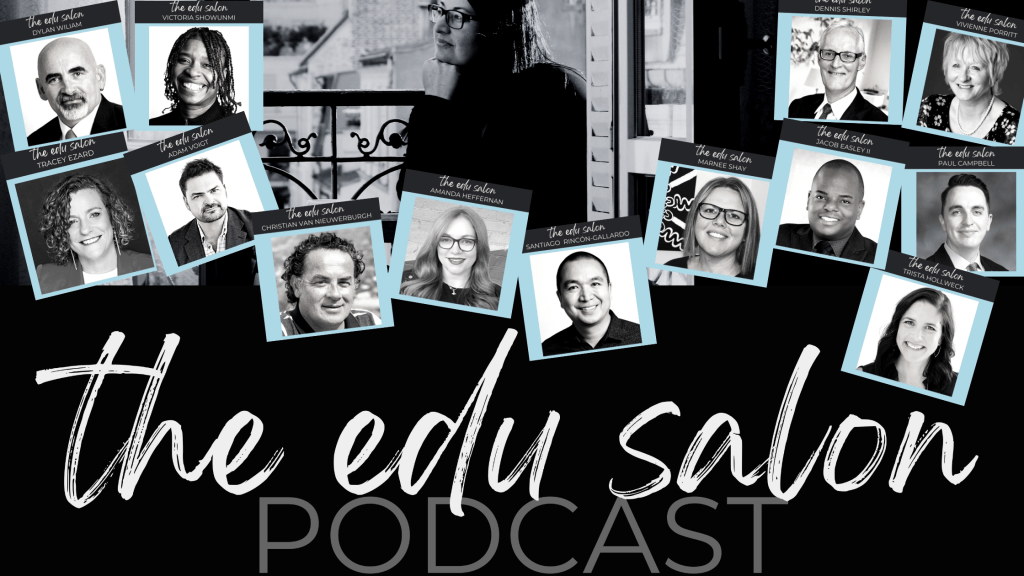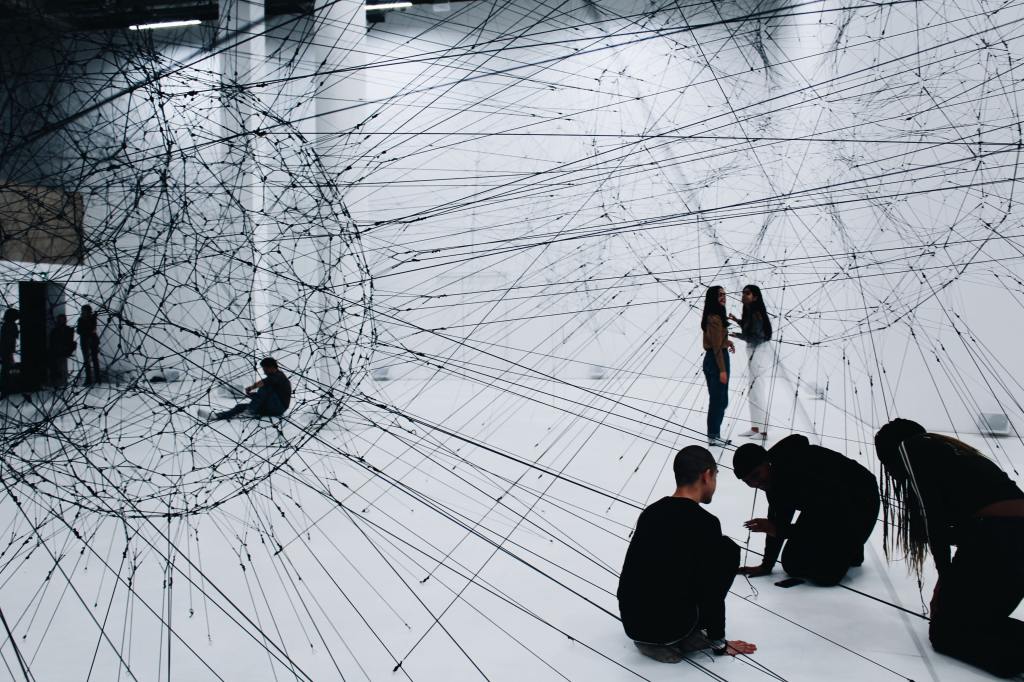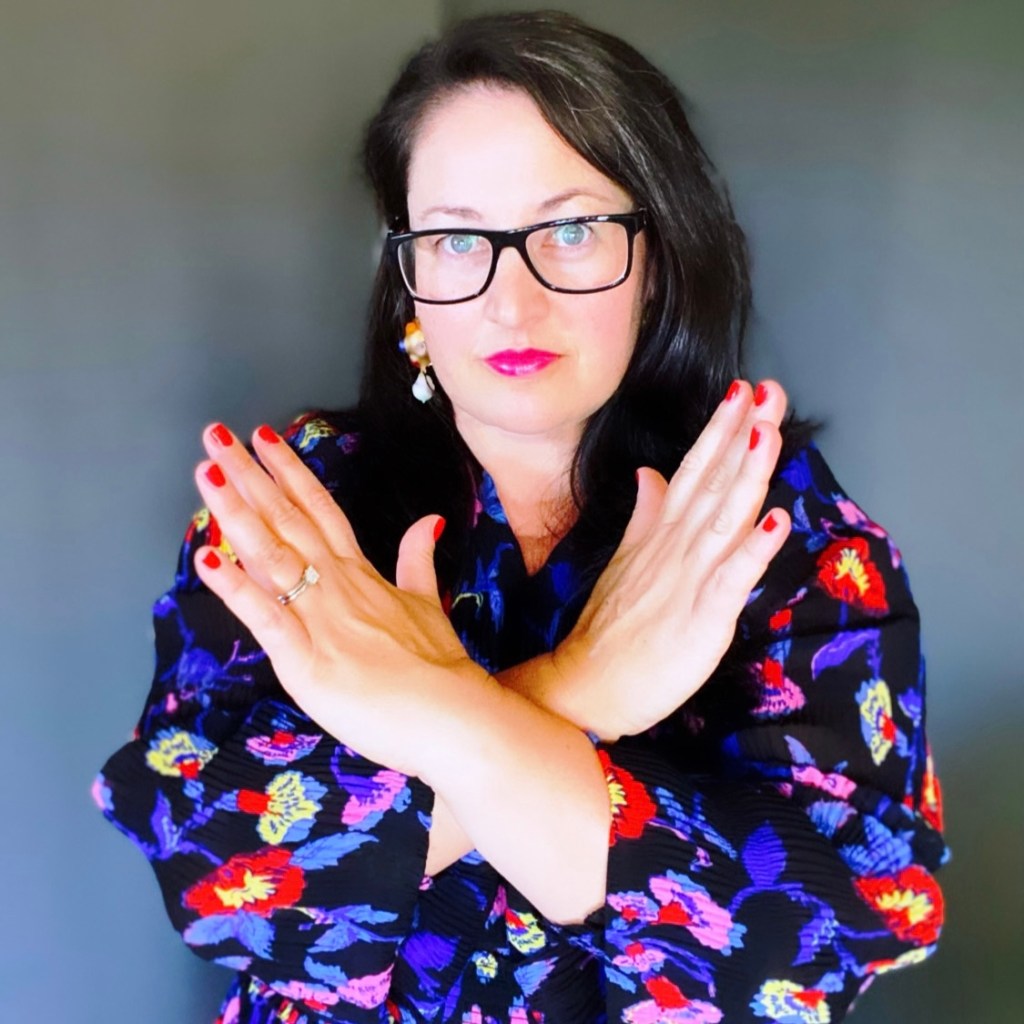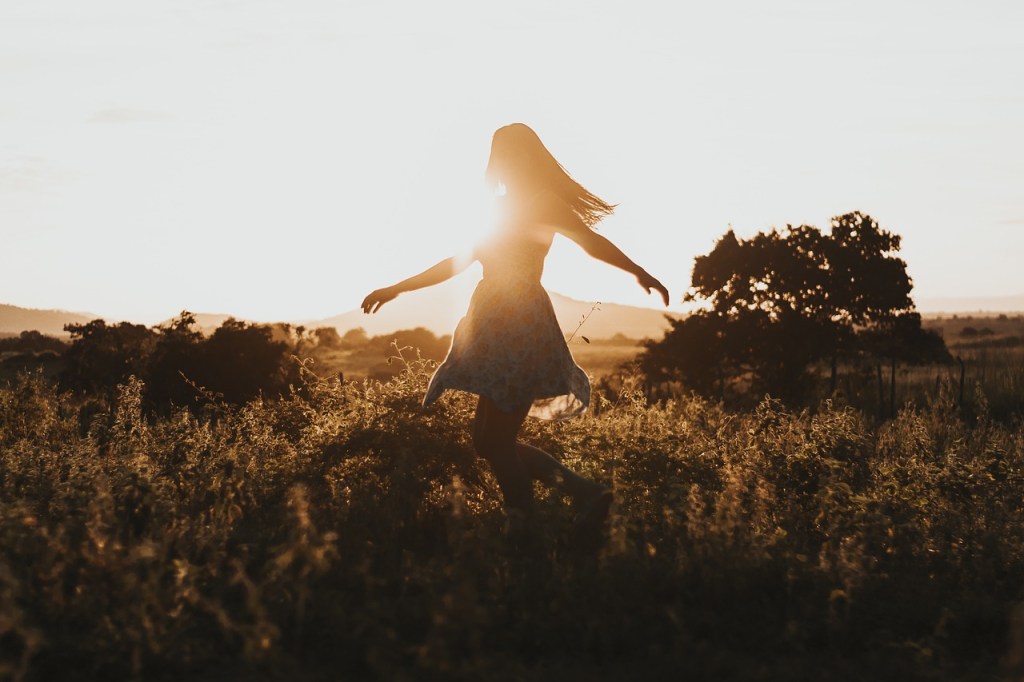
It seems that everywhere educators turn there is a news piece, recent study or professional learning opportunity about educator wellbeing.
Facilitating schools and education systems that support staff to sustain their care, energy and enthusiasm – and thrive as fulfilled, healthy professionals – is an ongoing and oft-discussed challenge for schools. There remain ongoing and increasing concerns around the wellbeing of teachers and school leaders, and system-wide attraction and retention challenges in teaching and school leadership. The International Baccalaureate’s Wellbeing for Schoolteachers report (Taylor et al., 2024) points out that teacher wellbeing has an unequivocal impact on both teachers’ professional performance and the wellbeing and academic success of students. Yet staff cannot flourish without sustainable workloads, appropriate support, and a safe environment of trust, care, open communication, growth, recognition and feedback.
I have had the pleasure of chatting with Helen Kelly and Amy Green on The Edu Salon podcast, who both provide useful insights to those considering staff wellbeing in their organisations. The OECD (2013) defines wellbeing as made up of the following elements.
- Life evaluation – a reflective assessment on a person’s life or some specific aspect of it.
- Affect – a person’s feelings or emotional states, typically measured with reference to a particular point in time.
- Eudaimonia – a sense of meaning and purpose in life, or good psychological functioning.
Martin Seligman’s PERMAH model (Positive Emotion, Engagement, Relationships, Meaning, Accomplishments, Health) also provides a helpful framework for thinking about what contributes to human flourishing.
Patrick and colleagues (2024) highlight the importance of fostering positive relationships in schools, active wellbeing teams, leaders addressing their own wellbeing, building trust within staff, and ongoing initiatives rather than stand-alone wellbeing events. Karnovsky and Gobby (2024) criticise deficit approaches to educator wellbeing that encourage teachers to look after their own wellbeing without addressing systemic and workplace issues “that are complex, institutionalised, entrenched and unlikely to be readily remedied.” The longitudinal Australian Principal Occupational Health, Safety and Wellbeing Survey (Dicke et al., 2024) continues to show declining principal wellbeing; increasing physical, verbal and cyber attacks against principals; and increasing principal sentiment to leave the role altogether. A recent meeting of Australian Education Ministers focused, in part, on teacher and school leader workload and wellbeing.
Additionally, in Australia, the Closing Loopholes Act, or ‘right to disconnect’ law, now offers an opportunity to reshape workplaces and workplace boundaries. The Act means that an employee may refuse to monitor, read or respond to contact (or attempted contact) from their school or a third party (which could include parents or students) outside of their working hours, unless the refusal is unreasonable. The new right does not stop schools from sending emails to employees outside of work hours, but seeks to protect employees who choose to ignore attempts to be contactable from being disciplined or terminated as a result. Schools can review their communication and collaboration practices, and be clear about how staff are supported to disconnect from work after hours.
Despite the swirling mass of talk about staff wellbeing, context, as always, is Queen. Any attempts to address the wellbeing and flourishing of staff need to be embedded in the school and system context, and to include the voices and participation of staff in that school or system. Schools need to ask their staff what their preferences and concerns are, and work alongside staff to find practical ways to address these.
Taylor and colleagues (2024), point to school climate as key to teacher wellbeing, including staff voice in school decision making, work autonomy, good teacher-student relationships, feelings of belonging with the school, and sufficient resources to carry out duties. At my school, in response to a range of staff feedback and the work of our Staff Wellbeing Committee, we are undertaking a process of reviewing and refining our policies, practices and resourcing with a view to how these impact our staff, their workloads, their sense of purpose, their experience of joy, their professional satisfaction, and their emotions about work.
Our school is dedicated to creating a safe and nurturing environment that prioritises the safety and wellbeing of all individuals, treats staff as trusted professionals, and attempts to flexibly and compassionately address individual staff circumstance, and facilitate staff autonomy and growth. Open communication is key to individualising flexible work options that balance empathy, compassion and flexibility, with accountability, high standards and practicality.
We have released our first go at a ‘Staff Wellbeing and Flexible Working Guidelines’ document that makes explicit the school’s approach to supporting staff wellbeing, and outlines flexible work options, while acknowledging that each staff member’s personal circumstances is different, and there is no ‘one size fits all’. These guidelines are an iterative work in progress and will evolve alongside ongoing opportunities for staff to provide honest, respectful feedback to inform decision making.
When speaking about school culture, I have often referred to the words of Peter Drucker (‘Culture eats Strategy for breakfast’), Herb Kelleher (‘Culture is what people do when no one is looking’), and David Morrison (‘The standard you walk past is the standard you accept’). Recently I came across this from Bill Marklein: “Culture is how employees’ hearts and stomachs feel about Monday morning on Sunday night.”
In schools we need to be asking ourselves: How can we all contribute to cultivating an environment where everyone–students and staff–looks forward to coming in on Monday morning? How might we foster cultures and practices in which we celebrate our purpose, find the joy in our work, and think creatively about schools as places of learning, caring, leading and working?
References
Dicke, T., Kidson, P., & Marsh, H. W. (2024), Australian Principal Occupational Health, Safety and Wellbeing Survey: 2023 data, Institute for Positive Psychology and Education, Australian Catholic University
Karnovsky, S., & Gobby, B. (2024). ‘How teacher wellbeing can be cruel: refusing discourses of wellbeing in an online Reddit forum’. British Journal of Sociology of Education, 1-19.
OECD. (2013). OECD Guidelines on Measuring Subjective Wellbeing. OECD Publishing.
Patrick, P., Reupert, A., Berger, E., Morris, Z., Diamond, Z., Hammer, M., … & Fathers, C. (2024). ‘Initiatives for promoting educator wellbeing: a Delphi study’. BMC psychology, 12.
Taylor, L., Zhou, W., Boyle, L., Funk, S., & De Neve, J-E. (2024). Wellbeing for Schoolteachers (Report No. 2). International Baccalaureate Organisation.

